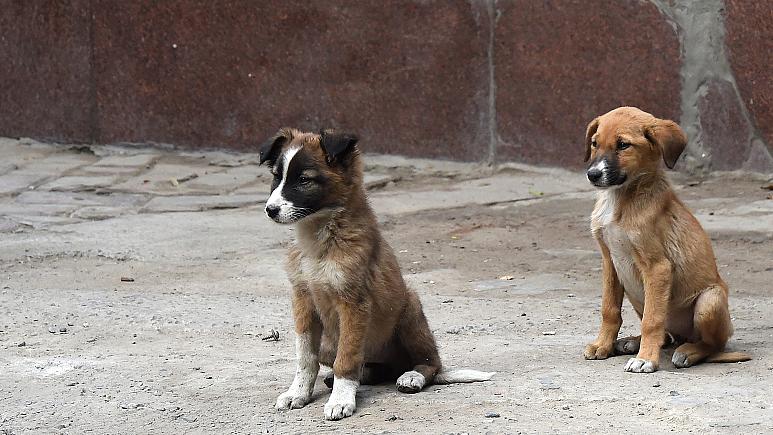Rabies, one of the 3 priorities of the Tripartite Alliance, remains an under-reported and neglected zoonosis, although still killing nearly 70,000 people every year worldwide, with its fatality rate of almost 100% in humans and animals. Dog-mediated human rabies causes tens of thousands of human deaths annually, despite being 100% preventable. Over 95% of human cases are caused by the bite of a rabies-infected dog, and disproportionately affect rural communities, particularly children, from economically disadvantaged areas of Africa and Asia, where awareness of the disease and access to appropriate post-exposure prophylaxis is limited or non-existent.
Unlike many other zoonoses, the appropriate tools to eliminate dog-mediated human rabies already exist: vaccinating at least 70% of dogs breaks the cycle of rabies transmission. Coordinated with public awareness-raising, dog bite prevention, and bite management with improved access to timely post-exposure prophylaxis, enabling rabies elimination at the source.
In 2015, WHO, FAO, WOAH, and the Global Alliance for Rabies Control (GARC) came together to adopt a common strategy to achieve “Zero human Rabies deaths by 2030” and formed the United Against Rabies collaboration. This initiative marks the first time that both the human and animal health sectors have come together to advocate for prioritizing investments in rabies control and coordinate the global rabies-elimination efforts. A global strategic plan, entitled ‘Zero by 30’, will guide and support countries as they develop and implement their national rabies elimination plans that embrace the concepts of One-health and cross-sectoral collaboration. ‘Zero by 30’ focuses on improving access to post-exposure prophylaxis for bitten victims, providing education on bite prevention, and expanding dog vaccination coverage to reduce human exposure risk.
Monitoring and surveillance of the disease should be a central element of every national rabies programme. Declaring rabies as a notifiable disease is crucial to establishing functional reporting. This should include mechanisms for the transmission of data to the national level, to the WOAH, and to WHO. This will provide feedback on programme efficacy and allow for actions to be taken to improve areas of weakness.
Every person should be proud of having a dog vaccinated against rabies. WOAH kicks off its “Rabies Ends Here” campaign to disseminate this sense of pride! Use the new tools on World Rabies Day and join the global community in taking a stand against the disease.
Page of the WHO/WOAH Conference on rabies “Global elimination of dog-mediated human rabies – The Time Is Now!” (10-11 December 2015): Website – Report
Global framework for the elimination of dog-mediated human rabies
Global Conference on Rabies Control, Seoul (Republic of Korea), 7-9 September 2011 – Announcement – Recommendations
World rabies day toolkit Trello, in different languages

